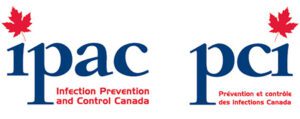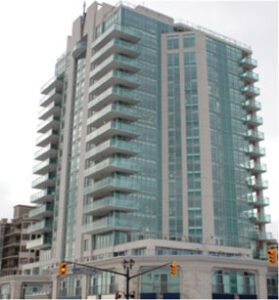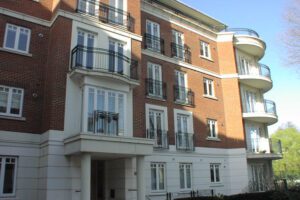Mold in HVAC Systems
Mold in HVAC Systems
The presence of mold in HVAC systems is a concern that residents of today’s condominium towers express to us regularly. As well, property managers recognise the fact that mold may expose their residents, and themselves, to unnecessary risk. We’ve known for some time now that mold can be traced back as the root cause, in some cases, of issues such as asthma and other upper respiratory illnesses. Only now are we are only beginning to understand it’s impacts on our health, (please read our post on eliminating mold and reducing costs / health risks ( https://mapleleafmold.ca/eliminate-mold-e…and-health-risks/).
And it’s difficult to properly address. It can grow and proliferate and make building occupants sick without ever being seen and if its in one unit it’s only a matter of time that others will have it as well.
Sources of Mold in a closed condominium environment
The primary source of mold in a buildings environment is its centralised forced-air HVAC system.
Secondary contributors include;
- Glazing units that have exceeded their effective lifespan – Glazing units that have exceeded their operational lifespan are no longer as effective as new units in providing an adequate R-value necessary to prevent condensation. This creates optimum conditions for mold to grow inside an apartment
- Building envelope failure – Older stucco clad building are particularly susceptible to allowing moisture to penetrate the exterior stucco / foam sheathing water barrier. Water then unters through fastener penetration points and into the interior of wall assemblies.
- Internal infrastructure sources of moisture – Internally, ceiling plenums contain a number of potential sources of moisture however the most common we see are condensation issues. Cold water supply piping, cold air return ducting etc., particularly if not insulated correctly, shed moisture creating mold growth on the upper sides of drywall / acoustic ceiling tile.
And the reason for mold being so common in your buildings HVAC system is that it is present in your building’s environment and outside your building. Where the issue lies is that a poor internal building environment tends to “amplify” the ability of mold to grow.
Recently, the CBC broadcast a media piece on CityPlace and the residents concern after black mold was found in a number of locations in the building, (https://www.cbc.ca/news/canada/toronto/cityplace-mould-1.3827475)
The issues at CityPlace were generally attributed to higher humidity levels in specific areas however, with the number significant rainfalls we are seeing increasing, it is no wonder we are seeing humidity levels in many condominiums peaking.
HVAC Systems – How we look at your building
According to health Canada, you should routinely inspect your HVAC systems, not just for mold, but for moisture. Look at drain and condensate pans to make sure they are draining properly. If they are plugged, the moisture that accumulates will become a mold factory. Also make sure that all HVAC ducts and system components such as air handlers, blowers, plenums and the like are free of any moisture.
When we look at addressing the overall health of a building we look to first establish how bad the issue is. An inspection of each residential unit, common areas and infrastructure rooms / plenums is are ways of first establishing the size of the issue. We then make recommendations as to steps needed to perform the disinfection, such as;
1.) Using HEPA wet vacuums to clean out any standing water.
2.) Using a Health Canada / EPA registered disinfectant labelled for HVAC use to clean non porous surfaces (Duct work, coils, plenums, pans, etc), of mold, mildew and other dirt. We use environmentally safe mold disinfectants manufactured by Benefect. These botanical cleaners, extracted from the herb Thyme, are used in disinfecting hospitals and is 99.99% effective at killing mold / bacteria
3.) We also fog other parts of the system or the building to prevent cross-contamination again with Benefect Decon30.
7.) Apply a mold and mildew inhibitor to all components of the HVAC systems. Again, this must be Health Canada / EPA registered and specifically labelled for use in HVAC systems to limit risks of mold growth for up to 2 years.
8.) As a final step, we HEPA vacuum anything that we have disinfected.
Call us should you have any questions.

Maple Leaf Mold Inc. is a certified mold / asbestos removal and biological disinfection / air analysis company located in Toronto that uses certified IICRC technicians for all testing and remediation projects.
We are a professionally licensed firm experienced in testing, verifying and removing Mold / Asbestos / Lead and other environmental contaminants as well as providing disinfection services to control and kill biological contaminants.
Call 416-254-7256 to talk with us about your issue anytime.





